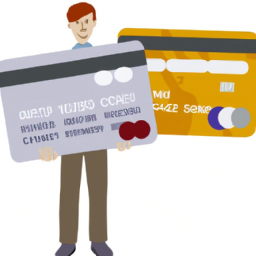Overdraft protection is a service offered by banks that allows customers to overdraw their checking accounts. This service can be an invaluable tool for customers by allowing them to overdraw their accounts and avoid bounced checks or declined debit card purchases. However, overdraft protection can also be costly and it is important for customers to understand the different types of overdraft protection, associated fees, and other considerations before using it.
Types of Overdraft Protection There are several types of overdraft protection services available. The most common type is a link to another deposit account, such as a savings account, which will be used to cover the overdraft if there are insufficient funds in the checking account. This type of protection is often offered free of charge. Other types of overdraft protection include linking a line of credit or a credit card to the checking account, or allowing the bank to cover the overdraft and charge a fee.
Fees Associated with Overdraft Protection Most banks charge fees for overdraft protection services. The fees vary depending on the type of service and the amount of the overdraft. In some cases, the fees can be quite high, so it is important to understand the fees associated with the service before using it. Additionally, some banks offer services that cover your overdrawn balance without charging a fee.
